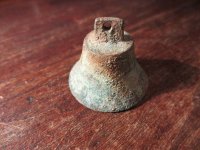Charl
Silver Member
Well, I guess that will always be the case....
https://www.newsweek.com/ancient-skulls-early-settlers-north-america-scientists-1484918?amp=1
https://journals.plos.org/plosone/article?id=10.1371/journal.pone.0227444
https://www.newsweek.com/ancient-skulls-early-settlers-north-america-scientists-1484918?amp=1
https://journals.plos.org/plosone/article?id=10.1371/journal.pone.0227444
Upvote
0










